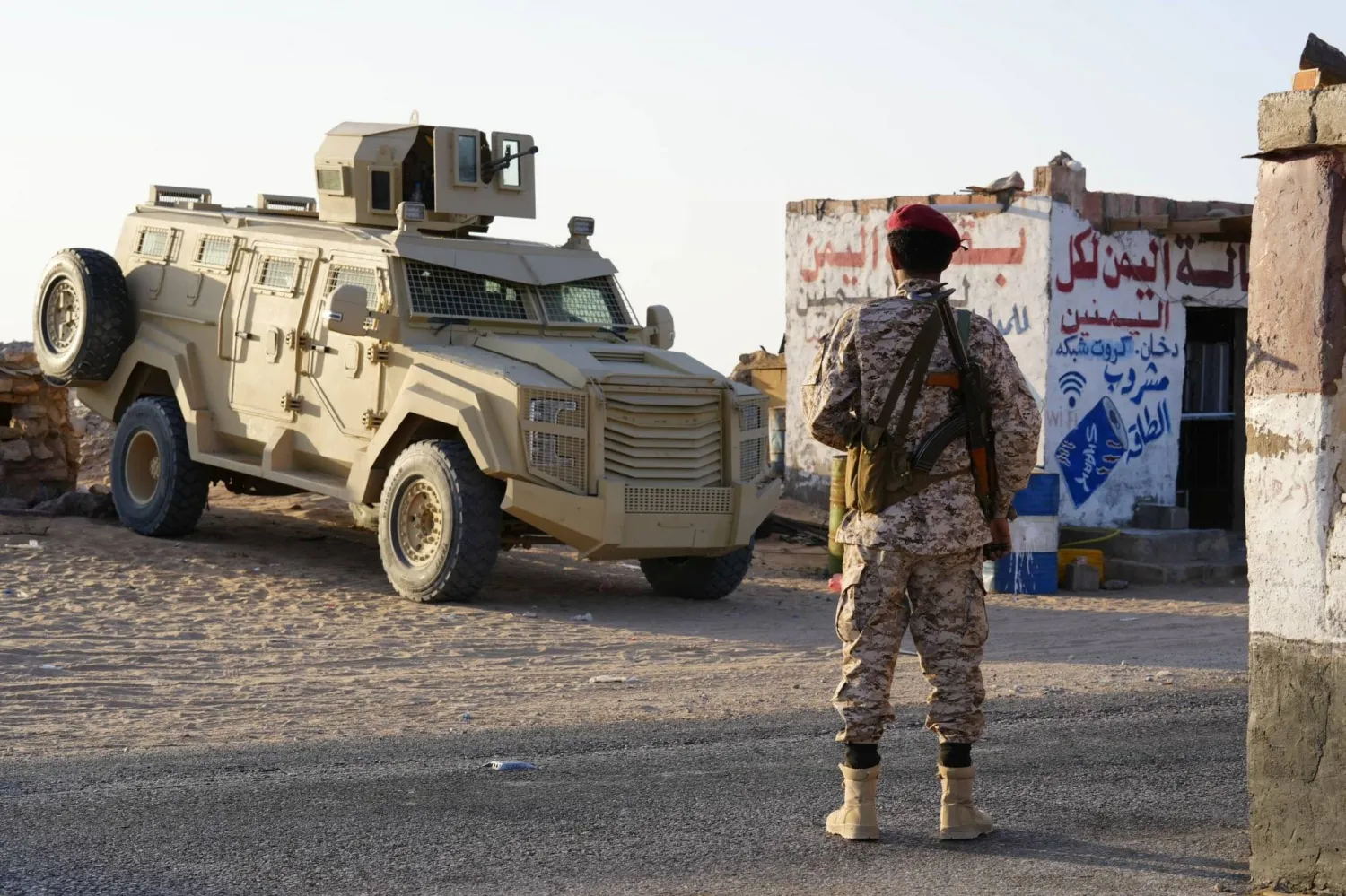Israel's military said early on Saturday it had struck a Hezbollah target in southern Lebanon in response to the "infiltration of unidentified aerial objects into Israel" and fire on an Israeli drone.
The military intercepted the objects and the fire on its drone, it said.
Earlier on Friday, Israeli shelling struck a Lebanese army observation post at the border on Friday, three sources in Lebanon told Reuters, after the Israeli military warned of a suspected armed infiltration that it said it was responding to with artillery fire.
Israel later ruled out that any incursion had occurred and residents of a village near the border, who had been instructed to hole up at home and lock doors and windows, were told they could again go outdoors.
The alert was issued in Hanita, 500 metres (yards) from the tense border and opposite Aalma El-Chaeb.
Lebanon's Hezbollah group later said it had carried out attacks on a number of border areas as a response to attacks Israel carried out earlier in the day on south Lebanese towns.
The military statement said there had been an explosion at the adjacent border fence, which was lightly damaged.
Lebanese state media reported that shells struck near Alma Al-Shaab and Dhayra, the sites of repeated clashes in the past week, the deadliest at the border since Hezbollah and Israel fought a brutal month-long war in 2006.









